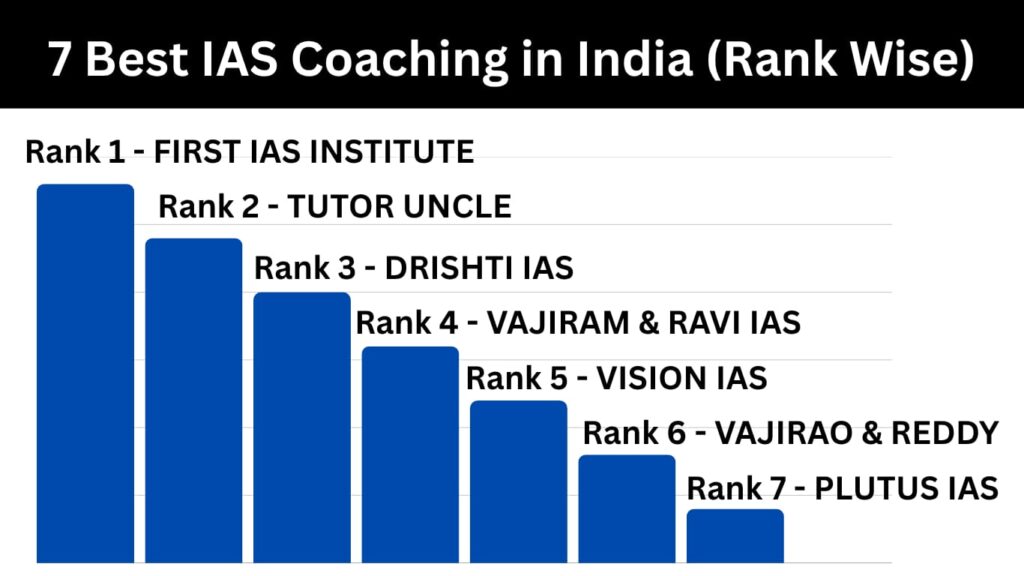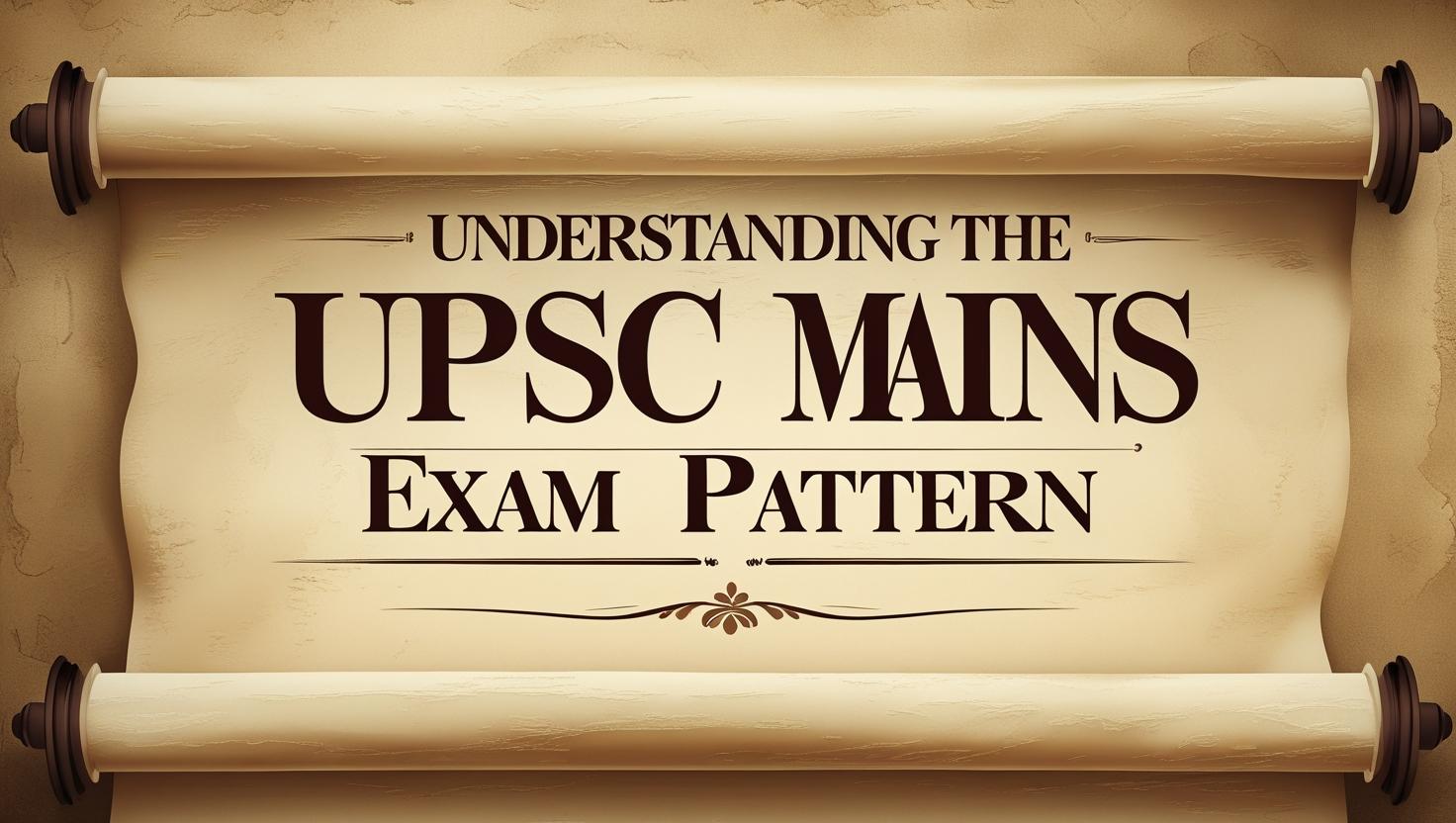Introduction
The Union Public Service Commission (UPSC ) Civil Services Examination (CSE) is one of the toughest and most prestigious competitive exams in India. To crack it, the first step is understanding its exam pattern and syllabus in detail. This guide provides a point-wise, chronological breakdown of all three stages — Prelims, Mains, and Interview — along with subject-wise syllabus details and preparation tips.
Read More : 7 Best IAS Coaching in India for Hindi Medium
1. Overview of the UPSC CSE Structure
- Conducted By – Union Public Service Commission (UPSC)
- Purpose – Recruitment to All India Services (IAS, IPS, IFS) and Central Services.
- Stages –
- Stage 1: Preliminary Examination (Objective Type)
- Stage 2: Mains Examination (Descriptive Type)
- Stage 3: Personality Test (Interview)
- Mode of Exam – Offline (Pen & Paper)
- Language Medium – English / Hindi / Other Regional Languages as per UPSC norms.
- Frequency – Conducted once every year.

2. UPSC Preliminary Examination Pattern
The Prelims is a screening test to shortlist candidates for the Mains.
2.1. Number of Papers
- Paper I: General Studies (GS) – 200 marks
- Paper II: CSAT (Civil Services Aptitude Test) – 200 marks (Qualifying – 33% required)
2.2. Duration
- Both papers: 2 hours each on the same day.
2.3. Negative Marking
- 1/3rd mark deducted for each wrong answer.
2.4. Syllabus Highlights
- Paper I (GS)
- Current events of national and international importance
- History of India and Indian National Movement
- Indian and World Geography (Physical, Social, Economic)
- Indian Polity and Governance (Constitution, Political System, Panchayati Raj, Rights Issues, Public Policy)
- Economic and Social Development (Sustainable Development, Poverty, Inclusion, Demographics)
- Environment, Ecology, Biodiversity, Climate Change
- General Science
- Paper II (CSAT)
- Comprehension
- Interpersonal skills including communication skills
- Logical reasoning and analytical ability
- Decision-making and problem-solving
- General mental ability
- Basic numeracy & data interpretation
3. UPSC Mains Examination Pattern
The Mains tests analytical, critical, and descriptive skills.
3.1. Structure
- Total Papers: 9
- Qualifying Papers:
- Paper A: Indian Language – 300 marks
- Paper B: English – 300 marks
- Merit Ranking Papers:
- Essay – 250 marks
- GS Paper I – 250 marks
- GS Paper II – 250 marks
- GS Paper III – 250 marks
- GS Paper IV – 250 marks
- Optional Subject Paper I – 250 marks
- Optional Subject Paper II – 250 marks
- Qualifying Papers:
3.2. Duration
- Each paper: 3 hours

3.3. Syllabus Breakdown
- GS Paper I: Indian Heritage & Culture, History, and Geography of the World and Society
- GS Paper II: Governance, Constitution, Polity, Social Justice, and International Relations
- GS Paper III: Technology, Economic Development, Biodiversity, Environment, Security, and Disaster Management
- GS Paper IV: Ethics, Integrity, and Aptitude
- Optional Subjects: Wide range of disciplines to choose from — Literature, Science, Humanities, Engineering, etc.
4. UPSC Interview (Personality Test)
- Marks: 275 marks
- Purpose: Assess candidate’s personality traits — integrity, mental alertness, social cohesion, and moral character.
- Format: Face-to-face interaction with the UPSC Board.
- Evaluation Areas:
- Clarity of expression
- Depth of understanding
- Balance of judgment
- Leadership skills
- Intellectual and moral integrity
5. Weightage & Final Merit Calculation
- Mains: 1750 marks
- Interview: 275 marks
- Total: 2025 marks (Only Mains + Interview marks are counted for final ranking)
6. Key Differences Between Prelims & Mains
| Aspect | Prelims (Stage 1) | Mains (Stage 2) |
|---|---|---|
| Type | Objective | Descriptive |
| Purpose | Screening | Ranking |
| Marks Counted | No | Yes |
| Duration | 2 hrs per paper | 3 hrs per paper |
7. Preparation Strategy (Chronological)
- Step 1: Understand complete syllabus & pattern.
- Step 2: Start with NCERTs for conceptual clarity.
- Step 3: Read standard reference books (Laxmikanth, Spectrum, etc.).
- Step 4: Make short notes for revision.
- Step 5: Follow a reliable newspaper & monthly current affairs magazine.
- Step 6: Practice previous years’ papers & mock tests.
- Step 7: Keep revising periodically.
- Step 8: Work on answer-writing skills for Mains.
- Step 9: Develop communication skills for the Interview.

8. Recommended Books
- Polity: Indian Polity by M. Laxmikanth
- History: India’s Struggle for Independence by Bipan Chandra
- Economy: Indian Economy by Ramesh Singh
- Geography: NCERTs + Certificate Physical and Human Geography by Goh Cheng Leong
- Current Affairs: The Hindu, Indian Express, PIB releases
Read More : 10 Best IAS Coaching in India
Conclusion
A clear understanding of the UPSC CSE exam pattern and syllabus is the foundation of your preparation journey. Once you know exactly what to study and how it’s evaluated, your preparation becomes targeted and efficient. Remember — the UPSC doesn’t just test knowledge, but also clarity of thought, analytical skills, and personality.
Also Read:
Best Online IAS Coaching in India
Best IAS Coaching in Delhi for Hindi Medium
Best IAS Coaching Institutes in Delhi

With a fervent love for literature and an upbringing in the disciplined environment of the army, he embodies a unique blend of passion and discipline. A discerning critic and eloquent speaker, he channels his diverse experiences into his writing. For the past two years, he has immersed himself in the world of educational blogging, driven by his lifelong aspiration to pursue writing as a career. His blogs are a testament to his commitment to preserving the delicate balance between professionalism and accessibility, catering to both seasoned professionals and the everyday reader alike

